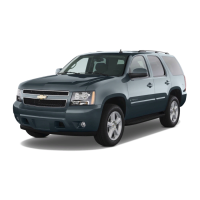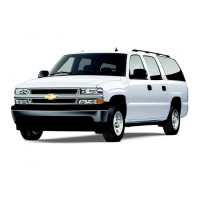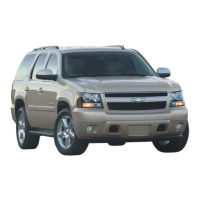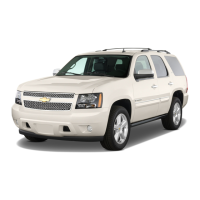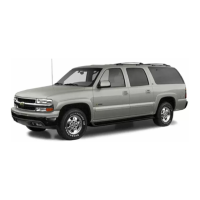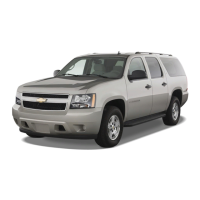Your
Driving and
the
Road
Rear Drum Brakes
Your rear drum brakes don’t have the wear indicators, but
if
you ever hear a
rear brake rubbing noise, have the rear brake lining inspected.
Also,
the rear
brake drums should be removed and inspected each time the tires are
removed for rotation or changing. When you have the front brakes replaced,
have the rear brakes inspected, too.
Brake linings should always be replaced as complete axle sets.
Brake Pedal Travel
See your dealer
if
the brake pedal does not return to normal height,
or
if
there is a rapid increase in pedal travel. This could be a sign of brake
trouble.
Brake Adjustment
Every time you make a brake stop, your disc brakes adjust for wear.
If
your
brake pedal goes down farther than normal, your rear drum brakes may need
adjustment. Adjust them by backing up and firmly applying the brakes a few
times.
Braking In Emergencies
Use your anti-lock braking system when you need to. With anti-lock, you can
steer and brake at the same time. In many emergencies, steering can help
you more than even the very best braking.
Steering
Power Steering
If
you lose power steering assist because the engine stops or the system
fails to function, you can steer but it will take much more effort.
Steering Tips
Driving on Curves
It’s important to take curves at a reasonable speed.
A
lot of the “driver lost control” accidents mentioned on the news happen on
curves. Here’s why:
Experienced driver
or
beginner, each of us is subject to the same laws
of
physics when driving on curves. The traction
of
the tires against the road
surface makes
it
possible for the vehicle to change its path when you turn
the front wheels.
If
there’s no traction, inertia will keep the vehicle going in
the same direction.
If
you’ve ever tried to steer a vehicle on wet ice, you’ll
understand this.
4-1
8

